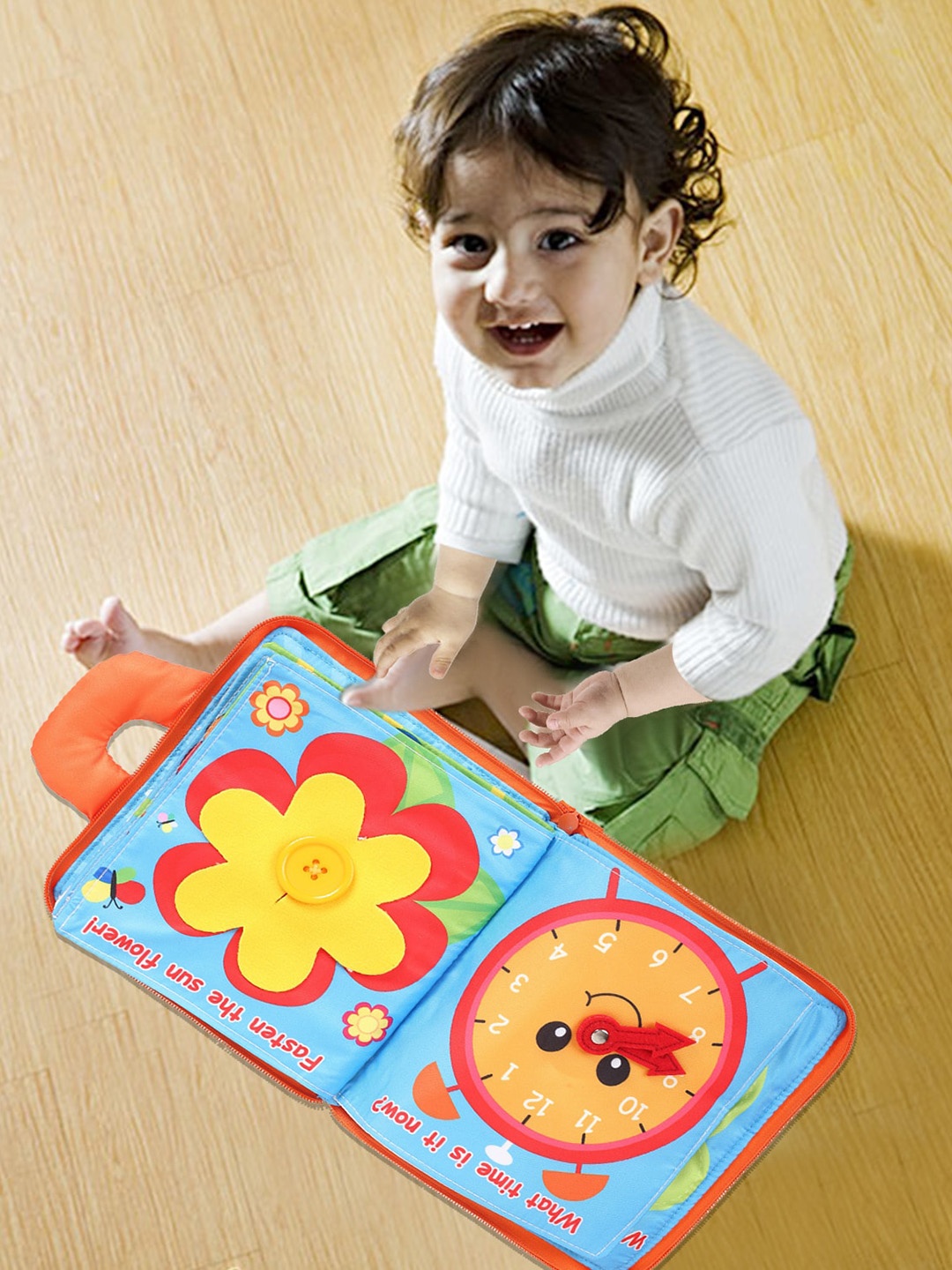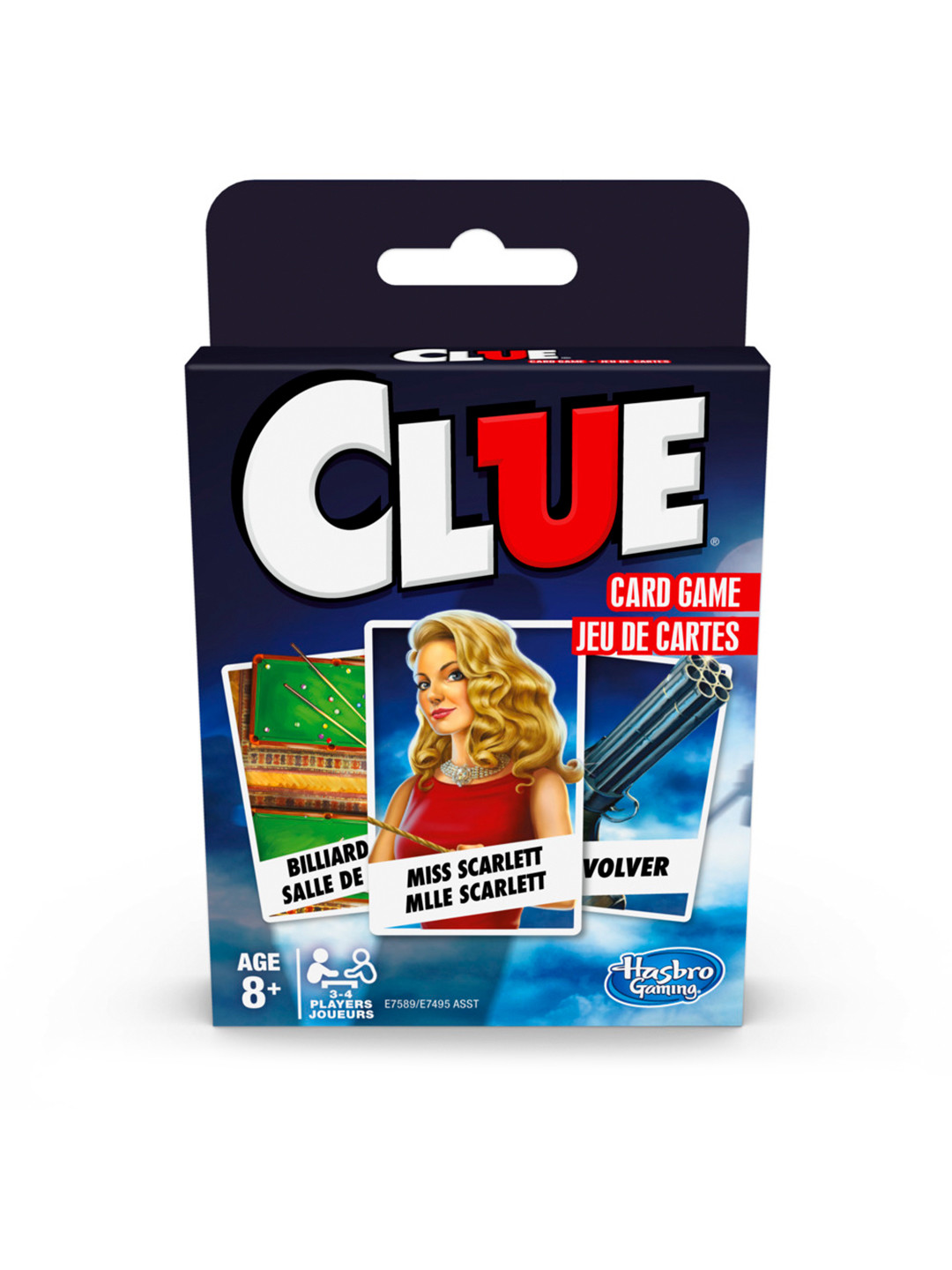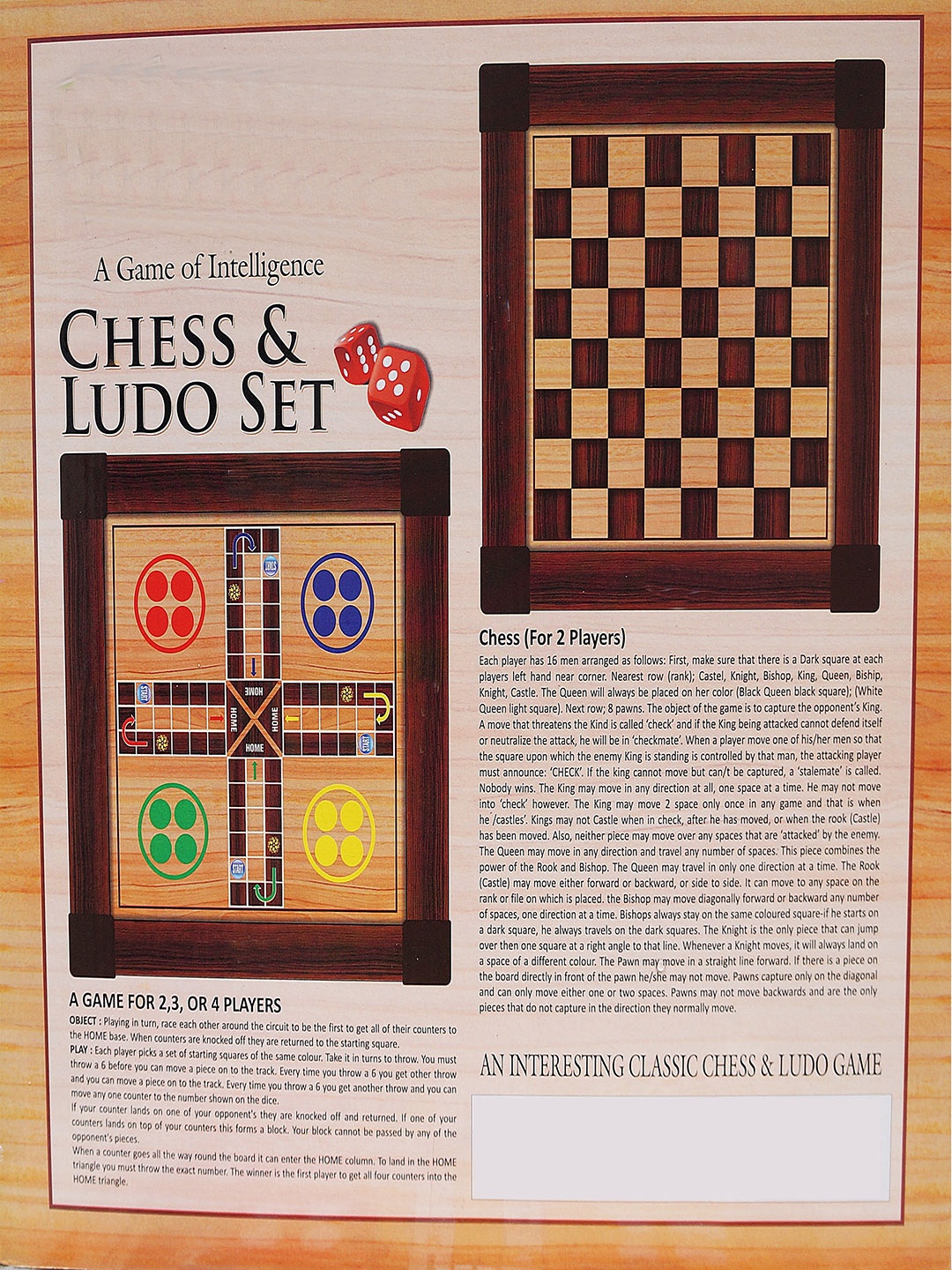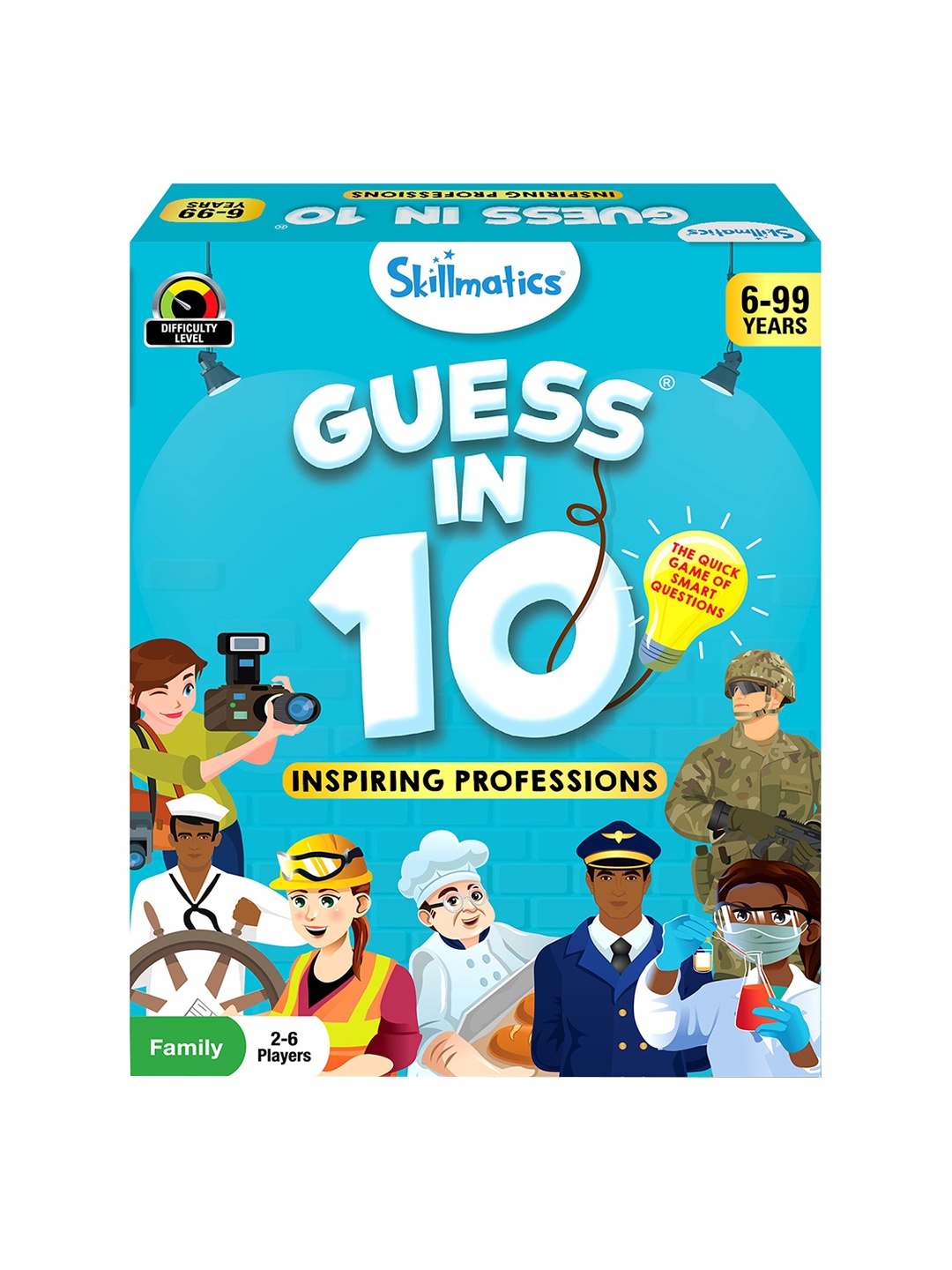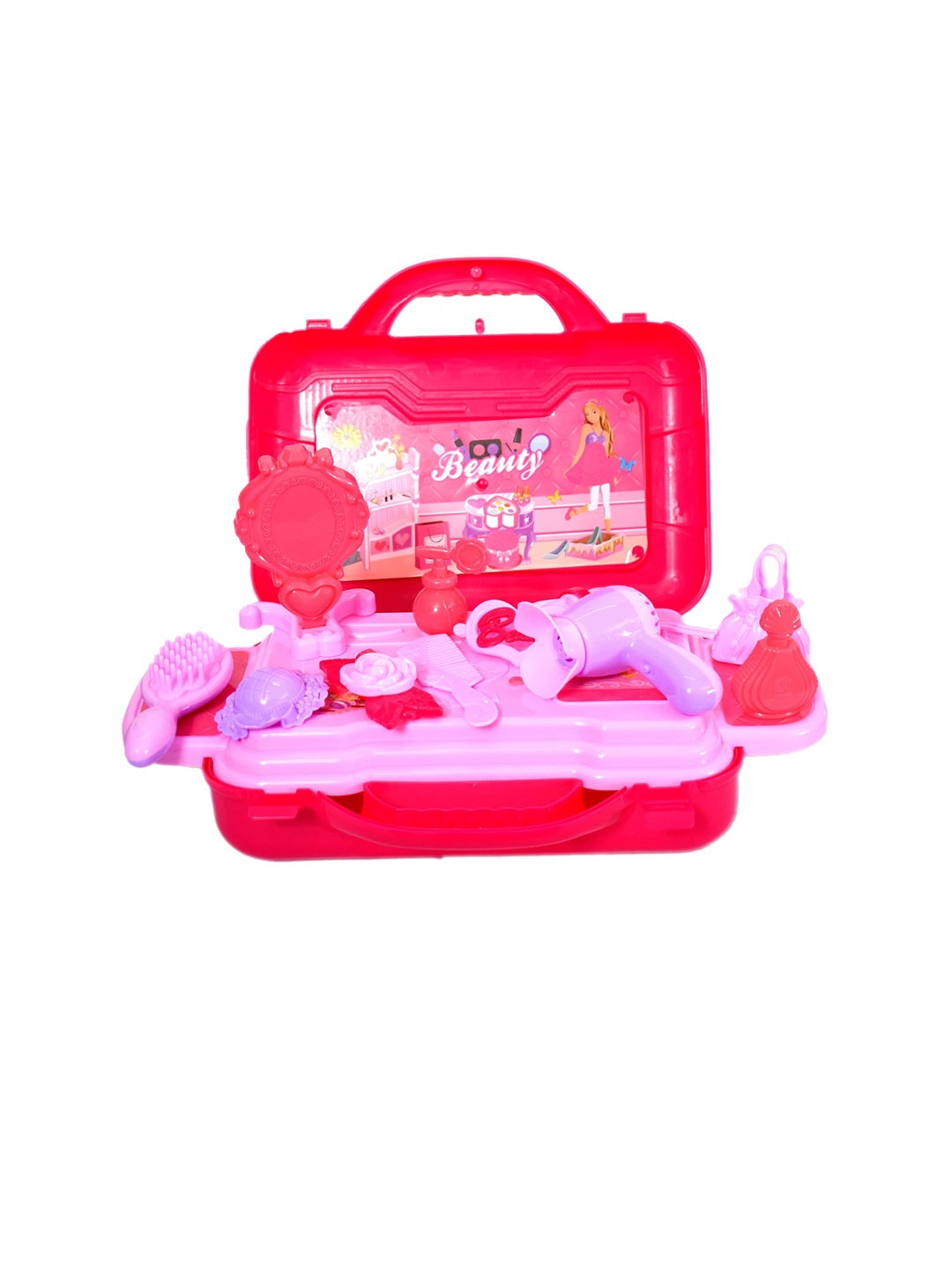How To Pick Art And Craft Kits That Keep Kids Engaged Without Creating A Huge Mess
Art and craft time is supposed to spark creativity, not trigger a household clean-up drive. The trick lies in picking kits that keep little hands busy and imaginations soaring. Let's explore 10 practical yet creative tips to find kits that keep children entertained without turning the home into a war zone of glue and paper scraps. This is how to choose wisely.

How To Choose The Best Art And Craft Kits To Keep Kids Engaged.
Every parent knows the joy of watching children immersed in colours, glue, and glitter. It feels like the perfect childhood picture, until that glue sticks to the sofa, glitter refuses to leave the floor, and the child somehow paints the dog's tail. What begins as an afternoon of creativity can quickly turn into an evening of scrubbing and sighing.
The challenge isn't stopping kids from exploring art, but guiding that curiosity through the right kind of kits. With so many choices lining shop shelves and online marketplaces, it's easy to feel overwhelmed. Should one go for clay modelling, origami sets, or the latest DIY jewellery box? More importantly, how does one pick something engaging that doesn't leave the house looking like a cyclone just passed through?
The good news: it's possible. With a bit of thought and careful selection, art and craft kits can become a blessing rather than a burden. Here is how to pick art and craft kits that keep kids engaged for hours - 10 tips.

Smart Guide To Buying Art And Craft Kits For Kids That Are Fun And Mess-Free; Photo Credit: Pexels
1. Choose Kits with Clear Instructions
Children thrive when they know what to do next. A kit that comes with step-by-step, picture-based instructions ensures they stay engaged without constantly needing help. Imagine buying a DIY puppet kit where every stage is illustrated, cutting, sticking, decorating, and children follow along like it's a treasure map.
This doesn't just reduce confusion; it also cuts down the chance of “creative accidents” where glitter ends up on the curtains instead of paper. Visual guides are especially handy for younger children who may not yet read fluently. When instructions are simple, parents don't have to hover like traffic wardens, and kids gain the confidence to complete projects independently.
Look for kits that have large, colourful guides; many brands now provide QR codes linked to short videos as well. A video tutorial can be a lifesaver on a Sunday afternoon when patience levels run low. In short, clarity keeps things calm, structured, and far less messy.
2. Prioritise Kits with Minimal Loose Components
Some kits come with hundreds of beads, sequins, or tiny stickers. They look exciting in the box, but the moment that lid flips, chaos rains down on the floor. If a kit needs a broom before it even starts, it's probably not the best choice.
Opt for sets where pieces are larger, easy to handle, and not prone to scattering. Clay kits with a few moulds, quilling sets with ready-cut strips, or painting kits with refillable colour pods are safer bets. Children remain engaged with what's in front of them, instead of crawling under the table to retrieve runaway bits.
Parents also appreciate kits that come with proper storage, little compartments or zip-lock bags. When everything has a place, tidying up becomes less of a dreaded chore. After all, an activity should end with proudly displaying the artwork, not sweeping up confetti from every corner of the room.
Also Read: Try Swapping Screen Time With Educational Toys For A Week: 10 Ways Things Can Change
3. Pick Washable and Non-Toxic Materials
Art and craft is fun until stains refuse to budge. No one wants the memory of a creative afternoon etched permanently on the dining table. Kits with washable paints, glue sticks instead of liquid glue, and non-toxic clay are lifesavers.
Brands have become smarter about designing child-friendly materials. Crayons that wipe off tiles, markers that vanish with water, and clays that don't stick to fabrics are widely available now. Spending a little extra on such kits often saves hours of scrubbing later.
Parents can also check for safety labels. Non-toxic certification ensures children can experiment without worrying about accidental ingestion or skin irritation. For instance, if a child decides to use paint as face make-up (which happens more often than one might think), washable, safe paints mean laughter instead of panic. The rule is simple: if it's meant for kids, it shouldn't take industrial-strength detergent to clean up after.
4. Balance Fun with Skill-Building
Art kits aren't just about keeping children busy, they're gateways to developing patience, concentration, and fine motor skills. Kits that balance fun with learning give more value for money.
Take origami sets, for example. They teach children to follow sequences, improve spatial understanding, and spark imagination, all while producing something beautiful. A jewellery-making kit may not only enhance creativity but also teach pattern recognition. Even a simple sand-art bottle kit builds patience as children carefully layer colours without spilling.
The key is to choose activities that stretch their abilities just enough. If it's too easy, boredom strikes; if it's too hard, frustration follows. Kits that provide multiple levels, like a painting-by-numbers set with both simple and intricate designs, grow with the child's skill. This balance keeps them hooked for longer, ensuring art time feels like an adventure rather than a one-time thrill.

Get Art And Craft Kits That Keep Kids Engaged; Photo Credit: Pexels
5. Opt for Kits with Reusable Elements
Some kits are single-use: once the glue dries and the craft is done, the leftovers end up in the bin. While they offer a few hours of fun, reusable kits are the real winners.
Magnetic mosaic boards, stamp sets, or chalk-based kits let children create, wipe, and start all over again. This not only stretches the life of the purchase but also allows endless experimentation. A chalk mandala set, for instance, keeps little hands busy on verandas or terraces, and the next rain washes it clean for a fresh start.
Reusable kits also reduce waste, an important lesson for children growing up in an age of environmental awareness. When kids see their toys last, they learn to value resources more. Plus, parents don't feel the pinch of repeatedly spending ₹500–₹1000 on disposable sets every weekend. Reusability keeps the fun rolling without draining the wallet or filling the dustbin.
6. Check the Age Appropriateness
Nothing kills enthusiasm faster than a kit that's too advanced or too babyish. Age-appropriate kits are essential to keep children motivated and engaged.
For toddlers, large crayons, finger painting sets, or foam sticker kits work wonders. Older children might prefer quilling, block printing, or miniature clay modelling. If a 10-year-old receives a kit meant for 4-year-olds, boredom will set in before the first page is turned. Similarly, a complex wood-carving set for a six-year-old is a recipe for frustration, and possibly bandages.
Most kits mention an age range, but parents can also judge by the complexity of tools included. For instance, scissors with sharp blades may not suit under-sevens, while intricate beadwork suits teens better. Matching the kit to the child's stage ensures they stay engaged, challenged, and safe, all at once.
7. Go for Themes That Match the Child's Interests
Every child has unique fascinations: dinosaurs, outer space, princesses, vehicles, animals. Choosing kits aligned with these interests sparks instant excitement.
Picture a child obsessed with cars receiving a cardboard garage-making kit, complete with stickers for headlights and number plates. The joy is unmatched. Similarly, a space enthusiast might spend hours decorating planets in a solar system kit. When the theme clicks with their imagination, attention spans magically stretch.
This doesn't just make art fun; it deepens personal expression. Children often pour stories into their creations, dinosaurs become friendly giants, planets get faces, and jewellery pieces turn into superhero talismans. Matching kits with interests transforms craft time from “something to do” into a doorway for storytelling. Parents, too, enjoy watching personalities unfold through these creative choices.

Smart Guide To Buying Art And Craft Kits For Kids That Are Fun And Mess-Free; Photo Credit: Pexels
8. Invest in Kits That Encourage Independent Play
Art and craft should empower children to explore, not rely on adults at every step. Self-contained kits, with pre-cut shapes, adhesive backs, or ready-to-assemble pieces, let children take charge.
This independence doesn't just free up parental time (a quiet half-hour with tea is priceless); it also boosts the child's confidence. Completing a project without help creates a sense of achievement. For example, sticker mosaic sets allow even younger children to match shapes and colours without any adult intervention.
Of course, some guidance at the start helps, but the less handholding required, the better. When children learn to manage on their own, craft time becomes more sustainable. Parents can join in occasionally for fun, but it no longer feels like a full-time supervision duty.
9. Consider Budget-Friendly Options That Still Deliver Quality
Art kits can range from ₹200 to ₹2000 or more. While pricier kits often look glamorous, affordable ones can be just as engaging if chosen wisely. The key is checking whether the price matches the value offered.
A ₹300 origami set with 100 colourful sheets may give more hours of fun than a ₹1200 kit that produces one fancy wall hanging. Similarly, locally made clay kits often deliver the same quality as imported versions but at half the cost. It's worth exploring stationery shops or trusted online stores for hidden gems that don't break the bank.
Spending less doesn't mean compromising on quality; washable colours, safe adhesives, and sturdy paper can be found in reasonable kits too. Parents should treat high-end sets as occasional treats, but for everyday creativity, budget-friendly kits keep both children and wallets happy.
10. Look for Kits That Leave Space for Imagination
Finally, the best kits are those that don't dictate every step. Too much structure can stifle creativity, while a little freedom allows children to add their personal touch.
A puppet-making kit that offers plain cut-outs instead of pre-decorated faces invites children to design their characters. A painting set with blank canvases alongside templates encourages originality. When kits leave wiggle room, children feel like true creators rather than rule-followers.
This open-endedness often leads to delightful surprises, like a castle with rainbow walls, or jewellery designed for dolls instead of people. Parents may even discover unexpected talents along the way. Most importantly, children learn that art isn't about perfection, but about self-expression.
Products Related To This Article
1. jackinthebox Paper DIY Journal For Girls Ages 8-12
2. Chalk and Chuckles Keychain Dolls
3. Paint Your Art Kits for Kids 8 to 12 Year Old
4. Asian Hobby Crafts Art and Craft Kit 200+ Activites
5. Imagimake Celebration Kit
Art and craft can either be a joyful escape or a household headache. The difference lies in choosing the right kits. By focusing on clarity, safety, reusability, interests, and imagination, parents can create an environment where creativity flourishes without chaos.
The best kits don't just occupy children; they nurture patience, independence, and confidence, all while sparing parents from endless scrubbing sessions. With thoughtful choices, art time becomes a celebration, not a clean-up operation. And when a child proudly displays their handmade puppet, decorated clay pot, or quirky paper dinosaur, every rupee and every minute invested feels worth it. Check Today's Deals On Amazon
Disclaimer: The images used in this article are for illustration purposes only. They may not be an exact representation of the products, categories, and brands listed in this article.








